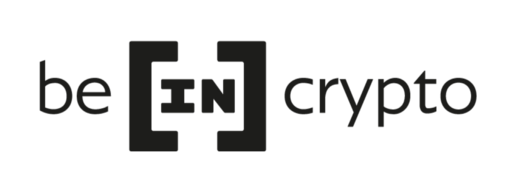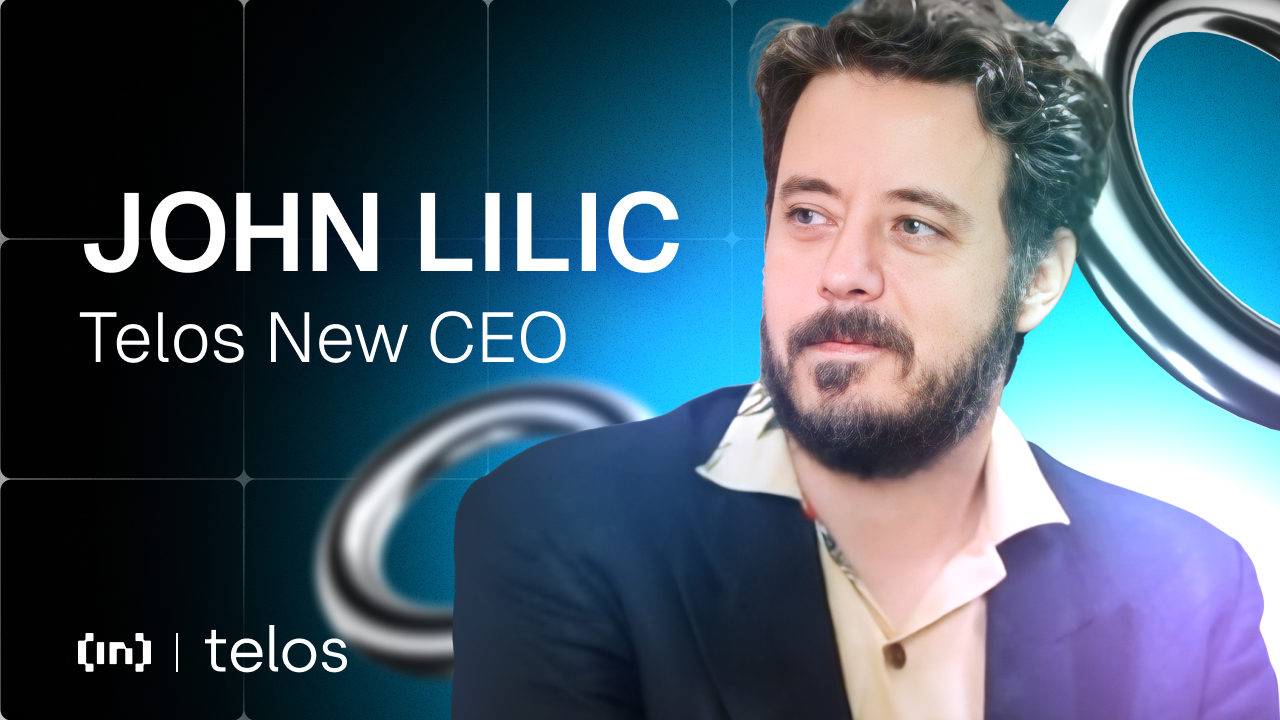In a live AMA session from his ranch in Wyoming, Cardano founder Charles Hoskinson delivered an eagerly awaited update on the blockchain platform’s future.
Hoskinson confirmed that the Chang hard fork is practically finished and anticipated to be rolled out next week. This significant milestone marks the transition to the Voltaire era, a new phase of governance for the Cardano network.
Reflecting on Progress: Cardano’s Journey to CIP-1694 Completion
Hoskinson began by reflecting on the challenges and achievements of the past few years. He celebrated the completion of all elements of the Cardano Improvement Proposal (CIP) 1694, which took about two years and was essential for advancing Cardano’s infrastructure.
In the Cardano ecosystem, CIPs are community-driven suggestions to enhance the blockchain. The community votes on these proposals, deciding which ones to implement.
Read more: Who Is Charles Hoskinson, the Founder of Cardano?
As part of CIP-1694, Chang fork will introduce Delegates (DReps) elected by Cardano token (ADA) holders. These representatives will draft the Cardano constitution, while the supreme law governing the network.
Node 9.0’s release notes indicate that this version does not yet include DRep voting and all governance activities, as the full voting protocol will be available in Node 10.0. However, Node 9.0 supports the initial phase of CIP-1694 in production environments.
According to Hoskinson, Node 9.0 is the final step before the Chang hard fork, named in honor of Cardano enthusiast Phil Chang, who passed away two years ago. The primary goal of the Chang hard fork is to alter the ownership structure of the Cardano blockchain. It will initiate the Voltaire era, fully decentralizing network management.
He added that the new node, an improvement from version 8.2.2, is set to be rolled out next week, barring any last-minute issues. The Chang hard fork also represents a pivotal moment for Cardano, marking the transition to the Voltaire era, which focuses on governance.
Future Milestones: Plutus V3, Hydra, and the Next Governance Vote
Recently, the network implemented the Voltaire Upgrade, introducing significant changes to foster a community-driven network. Hoskinson expressed excitement about reaching this stage, a process that has been “two years in the making.”
Achieving a network node density of around 70% will trigger the hard fork, ushering in new governance capabilities and broader community participation in decision-making. Network node density refers to the percentage of total nodes in the network running a particular software version or update. A higher density indicates a larger percentage of nodes operating the same update.
Furthermore, Hoskinson discussed the complexities that lie ahead post-Chang hard fork, particularly in the Basho era, which will address the network’s scalability and optimization. The Basho phase requires significant community input to balance various trade-offs, including on-chain and off-chain data processing and technical decisions like on-chain sharding and transaction processing adjustments.
“Basho is a very multidimensional thing and requires a lot of discussions about which direction and what trade-offs people want,” Hoskinson elaborated.
Hoskinson also mentioned future milestones, including Plutus V3, Hydra, Leios, and Mithril, as important candidates for the next governance vote. This vote will essentially ratify Basho’s final state and resource allocation.
Read more: How To Buy Cardano (ADA) and Everything You Need To Know
According to Cardanoscan, exchanges and stake pools were not yet ready for the hard fork at the time of publication. However, the Cardano community remains optimistic about the imminent changes and the future of the network.
The post Charles Hoskinson Announces Cardano’s Chang Hard Fork “is Practically Finished” appeared first on BeInCrypto.

 3 months ago
44
3 months ago
44









 English (US) ·
English (US) ·